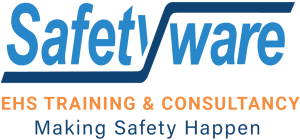Blog
Posted By: Agnes | Apr 21, 2020
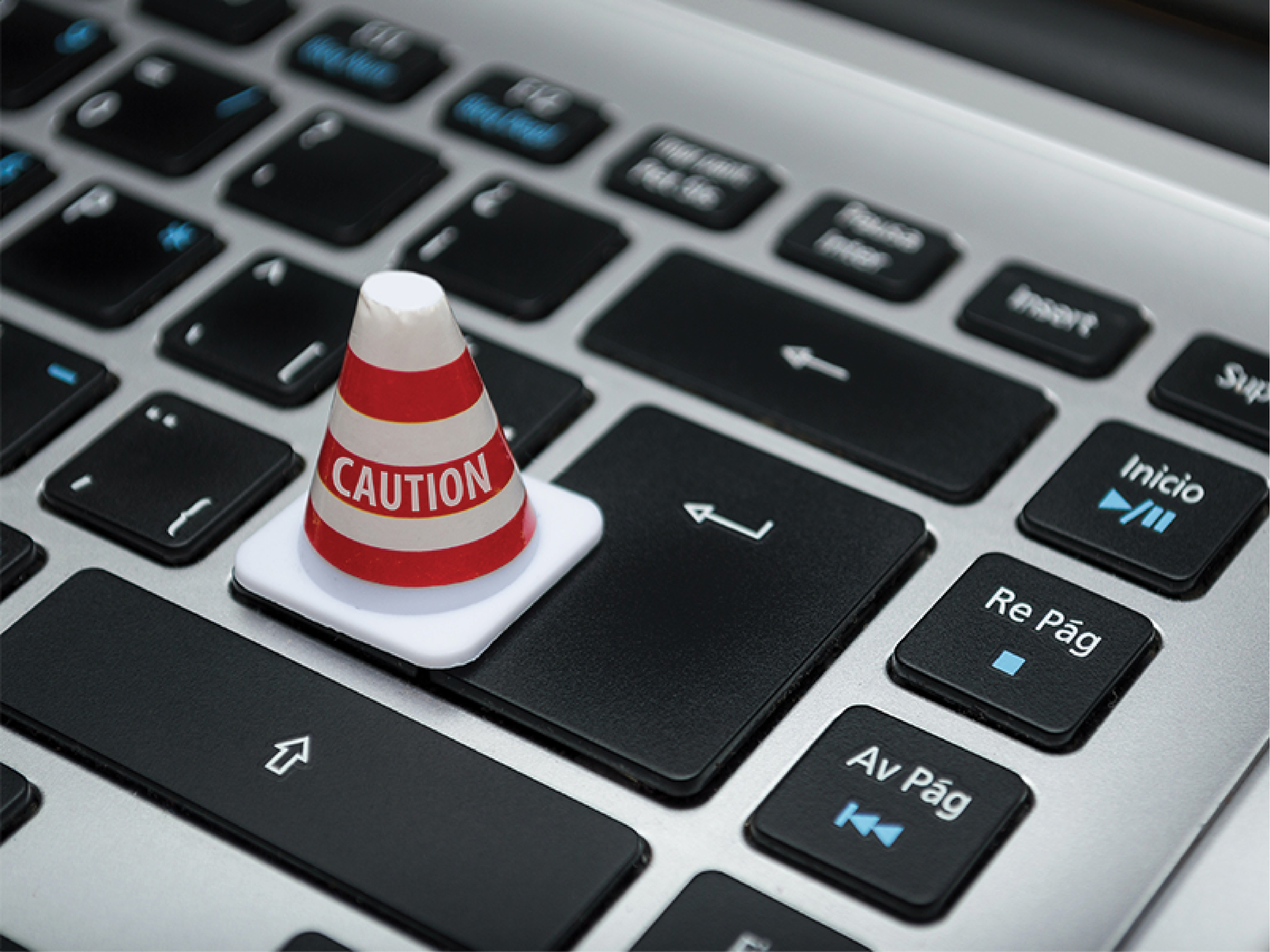
Hierarchy of Control COVID-19
The emergence of COVID-19 across the world has created a new health threat towards human population since World Health Organization (WHO) declared COVID-19 as a world pandemic on 11th March 2020. Although there’s currently no vaccine or cure for COVID-19, there are several ways to minimize infection and keep your people (and yourself) healthy and safe. Adapting from industrial standard, safety practitioners believe that using hierarchy of control can minimize the spread of COVID-19.
COVID-19 Prevention requires the right system to protect people from any hazard, an organization must implement a hierarchy of controls, which structures protective measures into five levels; from the most effective measure to the least effective measure.
Elimination
The most effective means to prevent exposures to COVID-19 is through elimination. In response to the global pandemic of COVID-19, the hazard needs to physically be removed due to a high risk of being infected. In this context, we need to eliminate any means of transmission among human to human. Without protective measures to slow the spread of COVID-19, there is likely to be a large spike in infections in a short period. Once a virus has entered an environment, you can’t physically remove it. Temporarily closing your business will the most effective means of eliminating COVID-19 spread. Unfortunately, in this case, it’s also the most challenging.
Employers may divide their employees into two teams and implement a rotation of teams to work from home on a weekly basis. For example, employees may be divided into Team A and Team B. Team A works from home on every even week, while Team B works in the office and vice versa. To supplement this control measure, social distancing should be introduced to decrease the rate of transmission between employees.
Another approach is to remove people by eliminating high-risk individuals from returning to the workplace. High-risk individuals have been classified such individuals older than 60 years, pregnant, or with chronic diseases; diabetes, heart and lung disease.
Substitution
Adapting to the substitution context, COVID-19 virus is considered as the hazard. However, it is impossible to substitute the hazard due to its nature hence you can replace the workplace with another environment.
Introducing work from home policy is an important step in reducing the impact of a potential COVID-19 spread at the workplace. Both employers and employees can adapt to this situation by using enhanced teleconferencing tools such as Zoom, Google Meet, Skype to help make it easier to work from home.
Engineering controls
According to World Health Organization (WHO), COVID-19 virus is primarily transmitted between people through respiratory droplets. Droplet can be transmitted when a person is in in close contact (within 1 m) or exposed with someone who has COVID-19 symptoms such as fever, dry cough and difficulty in breathing. Mode of transmission can occur via direct contact with infected people and indirect contact with surfaces in the immediate environment or with objects used on the infected person.
Engineering controls aim to reduce the spread of COVID-19 virus is transmitted by installing or designing equipment into the facility or into the procedures themselves to reduce the employee’s exposure to it. General ventilation should be considered as a cost-effective alternative to control airflow patterns in the work environment.
To date, weak evidence linked to COVID-19 can be spread via airborne transmission. As a proactive measure, many countries have been installing disinfectant-spraying booths. This spraying technology allows a comprehensive surface coating with disinfectant subsequently to reduce the probability of COVID -19 droplets persist on surfaces for several days.
Administrative controls
Administrative control is the method used whereby workplace policy, procedures, and practices been change or modify to reduce or minimize COVID-19 exposure.
Social distancing has been emphasized as the most practical form of COVID-19 prevention. Centers for Disease Control and Prevention recommends that people maintain at least 6 feet of distance from one another at all times. For instance, limiting and marking the safe distance in a common area and at the workplace.
As a precautionary measure, employers should communicate personal hygiene, exercise daily temperature screening for employees and visitors, increase the frequency of cleaning and disinfecting routine at the workplace and installing hand sanitizer dispenser at a prominent area. In a bigger scale, standard procedure in handling COVID-19 at the workplace need to be readily available and updated based severity level.
Administrative controls can be used to control employee’s exposure however, they are prone to human error. Ensure all information cascade to the employee are relevant, clearly articulated and can be coordinated accordingly based on the current situation.
Personal Protective Equipment (PPE)
The final level of the hierarchy is the implementation of Personal Protective Equipment (PPE). At this level, probability of failure is very high, hence makes Personal Protective Equipment (PPE) a measure of last resort. The use of personal protective equipment in these situations could further reduce the risk of employee’s exposure towards COVID-19.
Masks and gloves are examples of personal protective equipment which create a barrier between the employee and COVID-19 based on World Health Organization (WHO) recommendation. Many people around the world have started adopting the habit of wearing a face mask to protect themselves against COVID-19. Using a surgical mask helps to protect spreading the virus or droplets to others. However, surgical masks cannot protect against COVID-19 alone. On current evidence, the COVID-19 virus is transmitted between people through close contact and droplets, hence using glove can be used to act as a barrier between an individual’s hands and the immediate environment or with objects used on the infected person. In general, latex gloves offer the best protection against bacteria and viruses, anyhow vinyl and nitrile gloves can be used as an alternative.
Proper training and specification of using personal protective equipment must be emphasized to the employees to ensure the effectiveness of measures taken. Following with practising hand hygiene after the removal personal protective equipment is essential to minimize COVID-19 spread.
As we are battling a global pandemic, every individual plays an important role in preventing and controlling the spread of COVID-19. Implementing and adapting precautionary measures during this pandemic situation will ensure the wellbeing of your employees.
By Syafiqah Nazifa
Safetyware EHS Consultancy Sdn. Bhd.
Junior EHS Consultant cum Trainer
Recent Articles

Posted By: Nur Afifa Binti Sazali
Jan 10, 2024
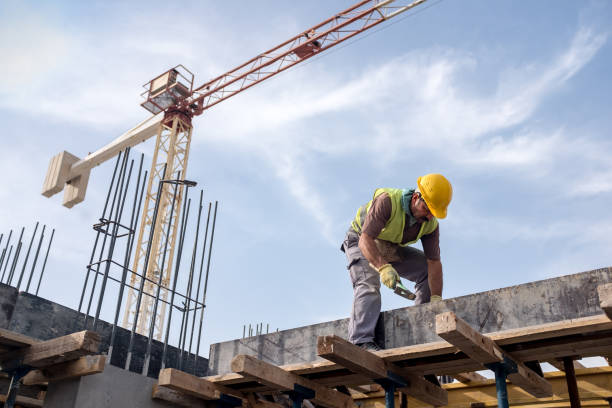
Posted By: Nur Afifa Binti Sazali
Jan 02, 2024
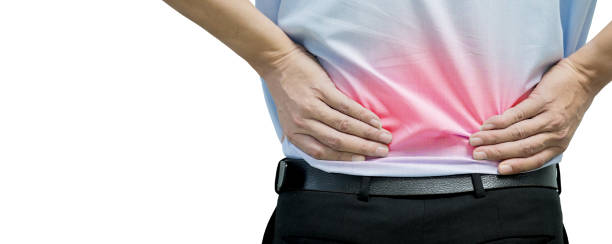
Posted By: Nur Afifa Binti Sazali
Dec 08, 2023
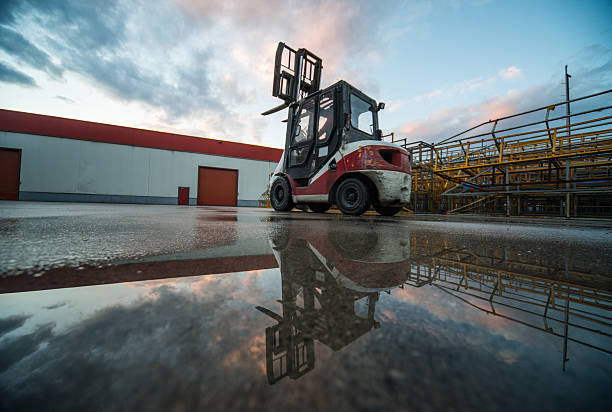
Posted By: Nur Afifa Binti Sazali
Dec 07, 2023

Posted By: Nur Afifa Binti Sazali
Dec 01, 2023
Plot 237,
Lengkok Perindustrian Bukit Minyak 3,
Bukit Minyak Industrial Estate,
14100 Simpang Ampat, Penang, Malaysia.
Enquiries :
[email protected]
Call Us :
Tel : +604-5023 882 (8 lines)
Toll Free : 1300-22-3882
